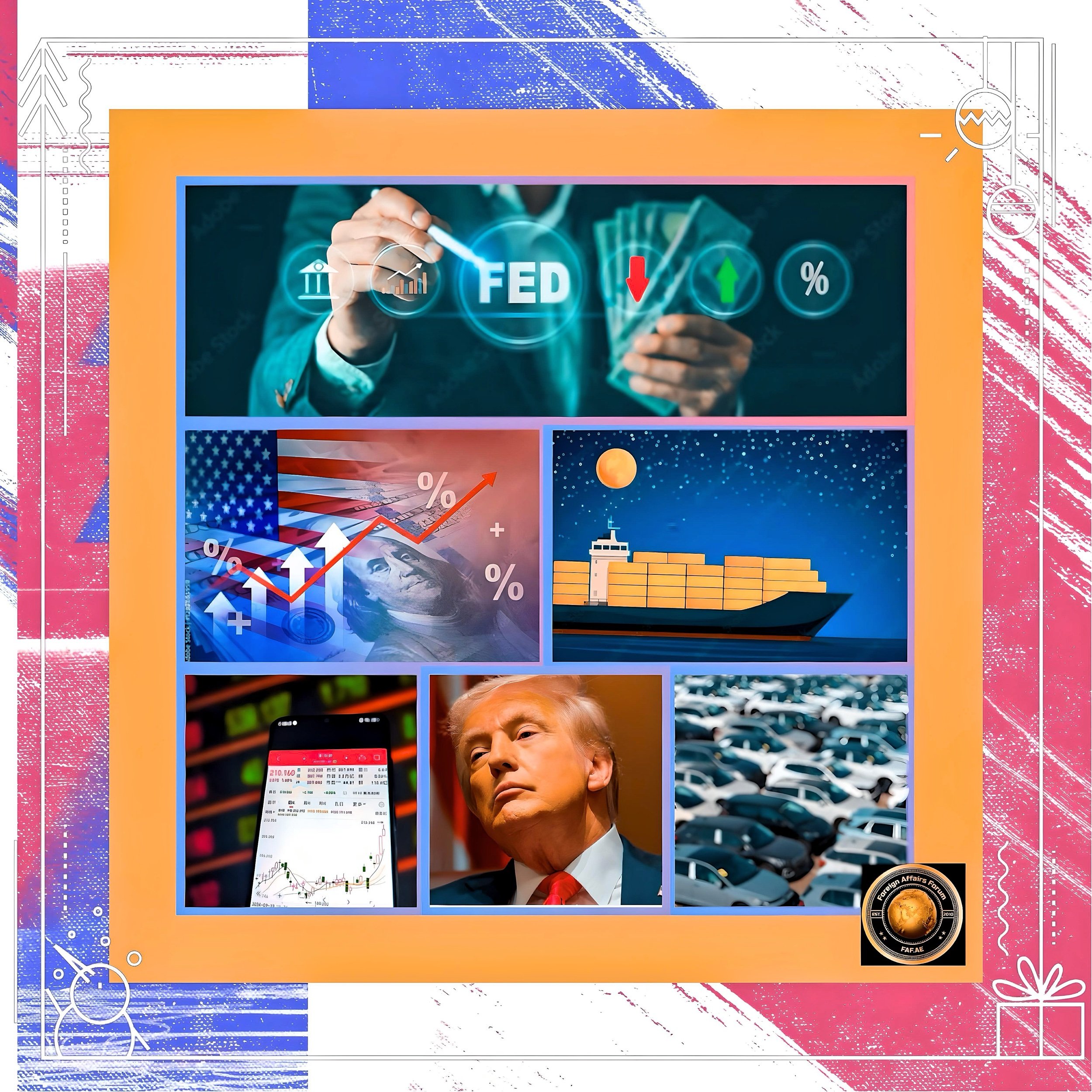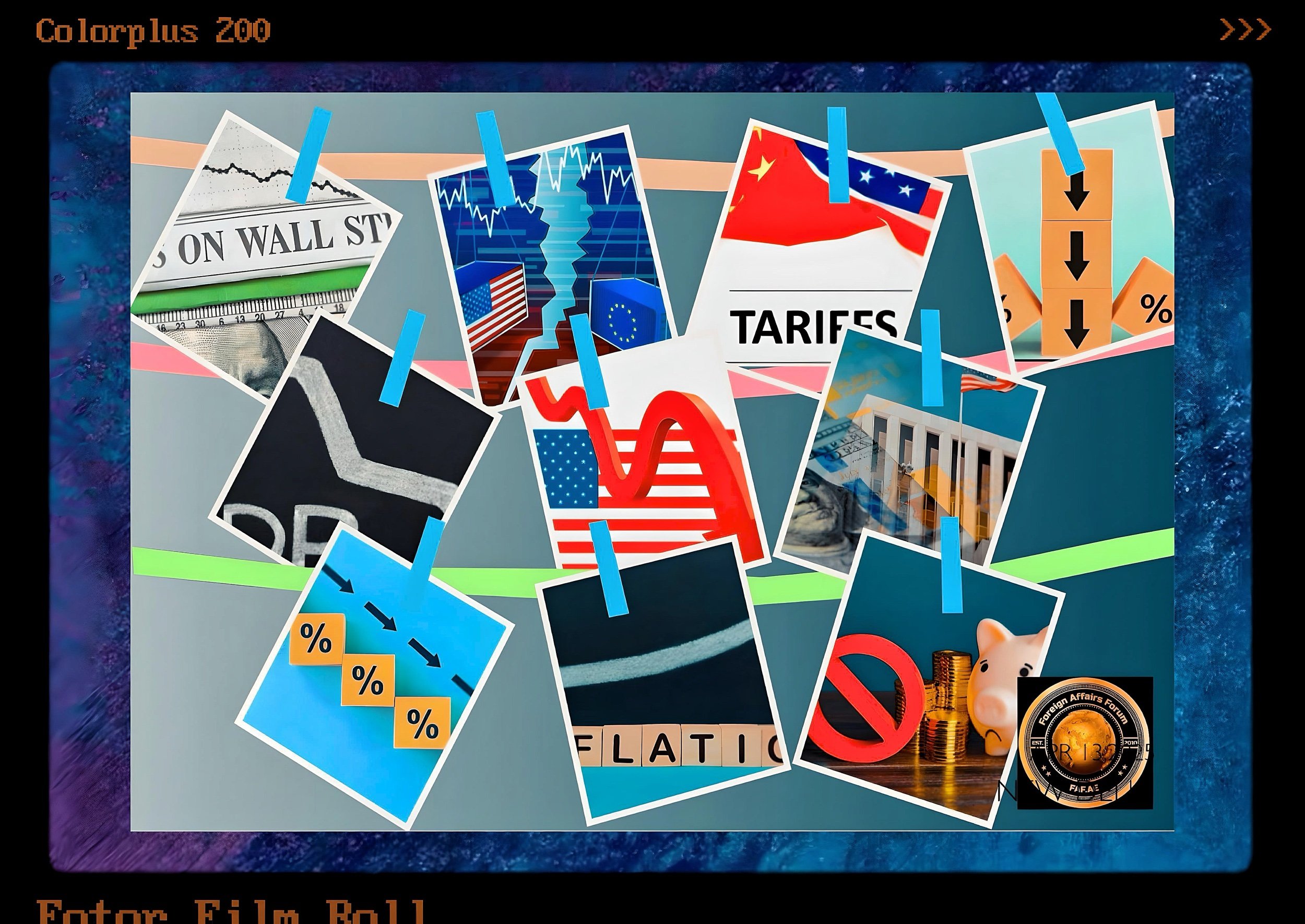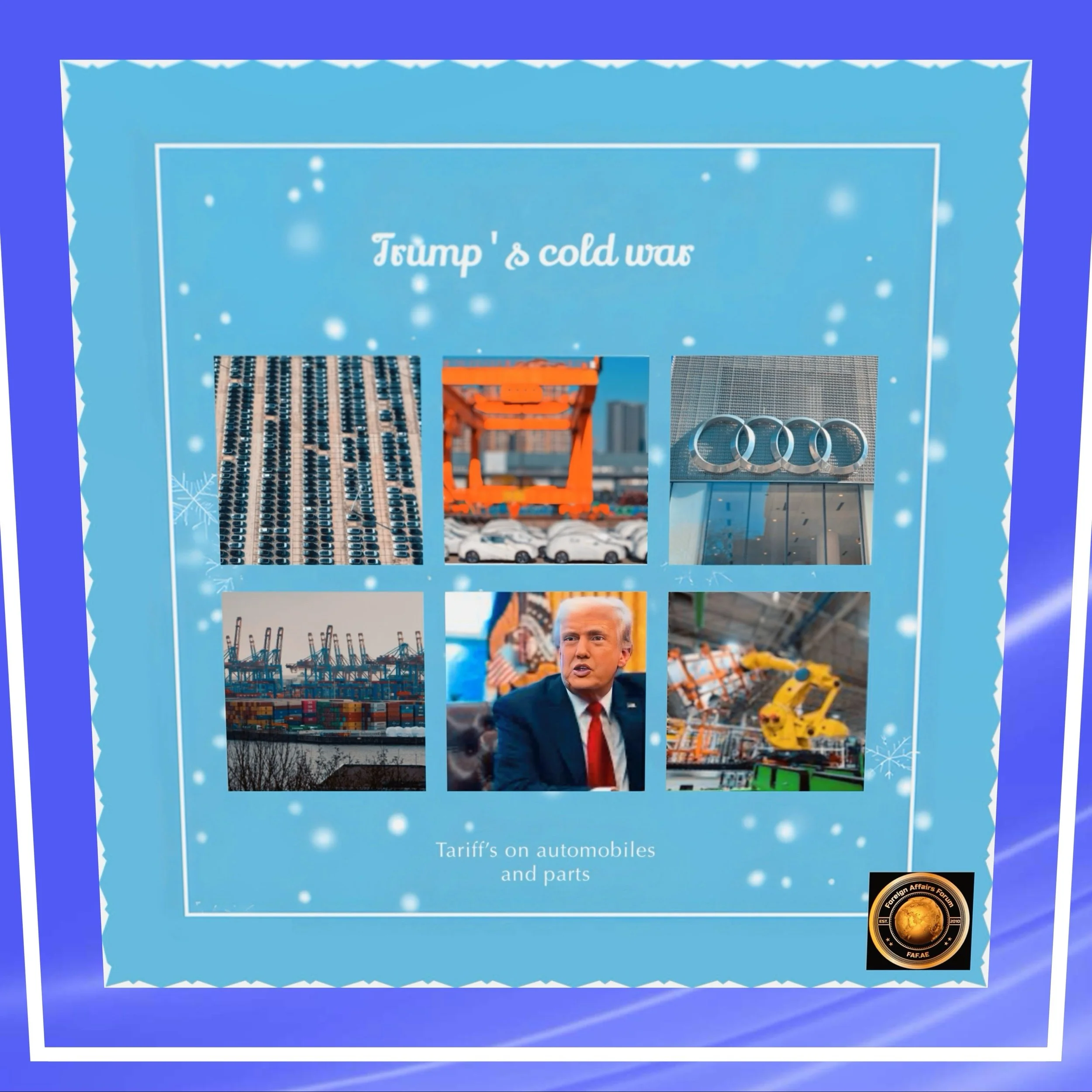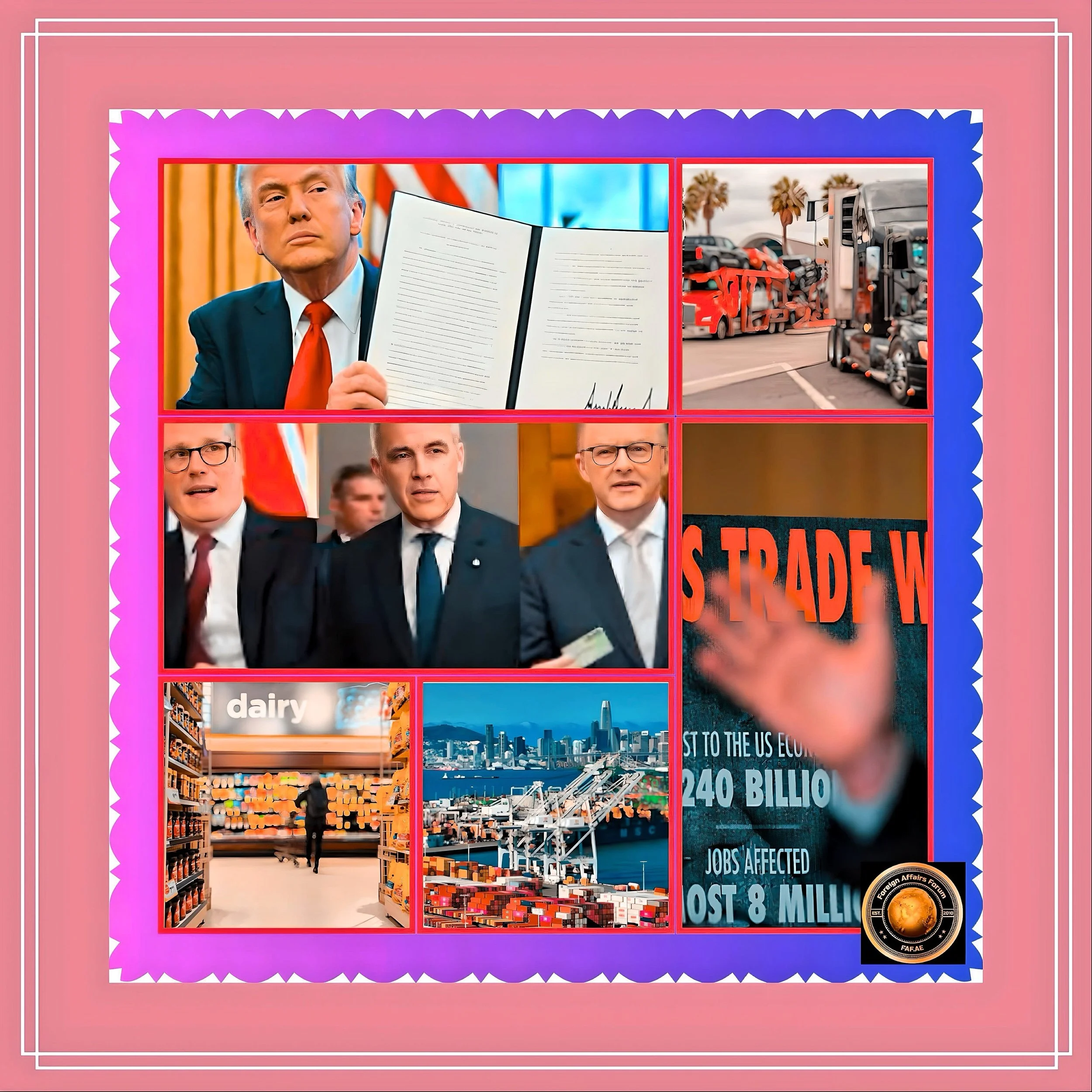The Impact of Trump’s Tariffs on Global Stock Markets and Economies: A Comprehensive Analysis
Introduction
President Donald Trump’s 2025 tariff policy reshaped global economic dynamics, triggering unprecedented volatility in financial markets and recalibrating growth trajectories across nations.
FAF synthesizes the multifaceted effects of these tariffs on stock markets, inflation, trade flows, and geopolitical strategies, drawing from recent developments and economic analyses.
Immediate Market Reactions: Volatility and Valuation Losses
Historic Stock Market Declines
The announcement of sweeping tariffs on April 2, 2025, precipitated the most significant two-day decline in U.S. stock market history, erasing $6.6 trillion in value from the S&P 500 and Nasdaq.
By April 11, global equity markets had lost approximately $10 trillion, equivalent to 10 percent of the global GDP.
The S&P 500 alone fell 10.5% over two sessions, its steepest drop since March 2020, while Japan’s Nikkei 225 plummeted 8% at the opening. Tech giants—dubbed the “Magnificent Seven”—bore the brunt, with Tesla (-8%), Nvidia (-5.9%), and Meta (-6.7%) leading sectoral losses.
Sector-Specific Vulnerabilities
Technology and automotive sectors faced acute pressure due to their reliance on global supply chains.
Apple, which manufactures over 80% of its products in China, lost $640 billion in market value post-announcement.
Semiconductor stocks also declined amid fears of future tariffs on critical components.
Conversely, safe-haven assets like gold surged to record highs, surpassing $3,200 per ounce as investors fled equities.
Macroeconomic Consequences: Inflation and Growth Downgrades
Inflationary Pressures
Tariffs triggered immediate concerns over consumer prices. J.P. Morgan projected the U.S. Consumer Price Index (CPI) could rise to 4–4.5% by year-end, up from 2.8% in February 2025.
Walmart and Delta Air Lines retracted financial guidance, citing uncertainties in absorbing tariff-related costs without passing them to consumers.
The CNBC CEO Council survey revealed expectations of 5–20% price hikes across industries, though companies hesitated due to strained household budgets.
Global Growth Revisions
J.P. Morgan revised its global recession probability to 60%, citing dampened demand and production cuts. China’s growth forecast was cut to 4.4% for 2025, with a 0.7 percentage point drag from reduced exports and investment.
Europe and emerging Asian economies faced similar downgrades, while Canada and Mexico entered recessions due to their deep trade integration with the U.S.
Geopolitical and Strategic Responses
Retaliatory Measures and Trade Diversification
China escalated tariffs on U.S. goods to 125%, while the EU prepared countermeasures against its 20% tariff. Smaller economies adopted divergent strategies:
Zimbabwe eliminated all tariffs on U.S. imports to foster bilateral trade.
India accelerated free-trade negotiations with the EU and UK while exploring West Asia and African markets.
South Africa postponed gemstone auctions and prioritized export diversification.
Corporate Adaptation Strategies
Firms employed tariff engineering, supply chain reshoring, and inventory stockpiling to mitigate costs.
Canadian firm NOBL Wheels relocated production to Washington State to avoid duties, while Apple chartered cargo flights to stockpile iPhones from India.
Over 53,000 exclusion requests were filed with the U.S. Trade Representative during Trump’s first term, with 13% approved.
Long-Term Structural Shifts
Erosion of Dollar Dominance
The U.S. dollar faced devaluation pressures as Treasury yields saw their most considerable weekly rise since 1981. RSM US Chief Economist Joe Brusuelas warned of a “crisis of confidence” in the dollar’s reserve status, exacerbated by tariff-induced trade fragmentation.
Supply Chain Realignments
Trump’s emphasis on self-sufficiency clashed with economic realities. While the U.S. exempted pharmaceuticals and semiconductors from initial tariffs, building domestic capacity for these sectors remains a multiyear challenge.
Meanwhile, Southeast Asian nations like Vietnam and Malaysia emerged as alternative manufacturing hubs.
Conclusion: A Fragmented Global Economy
Trump’s tariffs accelerated the decoupling of major economies, with the U.S.-China trade war imposing a $400 billion tax on American households.
While equity markets partially recovered post-April 10—notably in India (3–5% gains) and Japan (8% surge)—volatility persists as nations navigate protracted negotiations.
The tariffs underscore a pivotal shift from globalization to regionalized trade blocs, with inflationary pressures and recession risks looming over 2025’s economic outlook.
Policymakers now face the dual challenge of stabilizing domestic markets while recalibrating international alliances in this new protectionist era.






